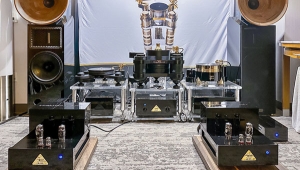| Columns Retired Columns & Blogs |
For those that want a good cheap dac with volume, I think they shot themselves in the foot with the lack of digital input types.
Just a single usb3 input!
spdif, toslink, aes/ebu would have been nice to have, as the measurements show it's not a bad stand-alone dac with level control (simple two button up/down volume remote would have been great also).
Cheers George










































